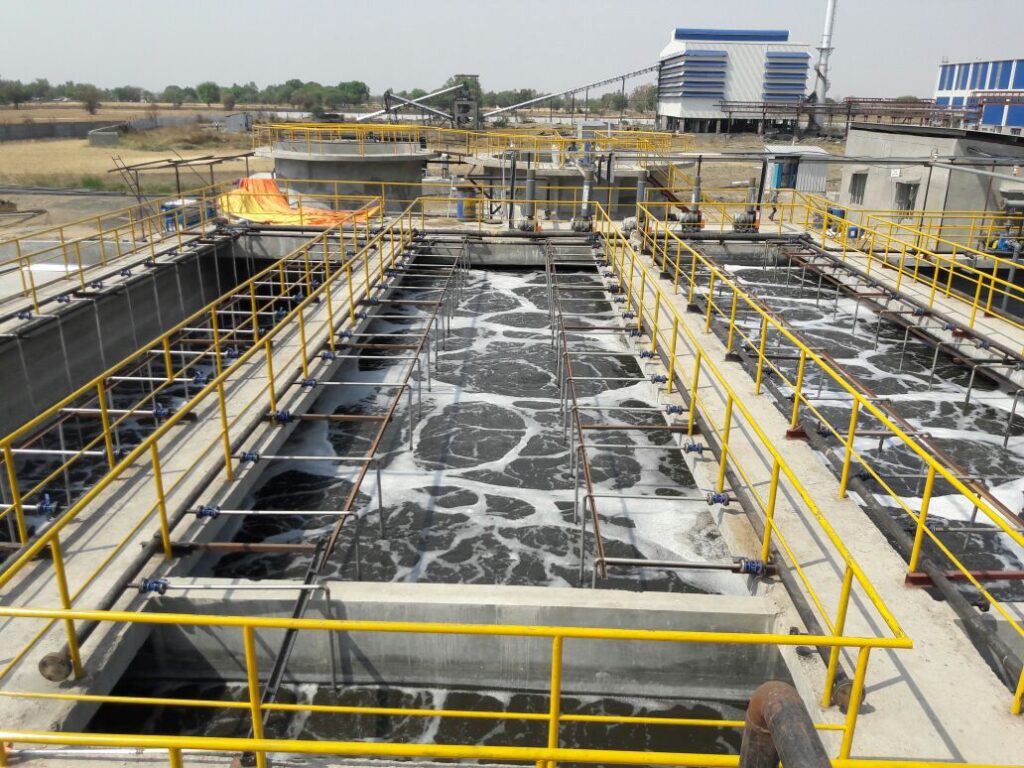As climate change continues to exacerbate a megadrought in the U.S. Southwest, concerning records are being set. Lake Mead, a vital water source for millions, is teetering near its historic low, and in some areas, the Colorado River, which supports approximately 5 million acres of farmland and over 40 million people, has dwindled to arid expanses.
Furthermore, an alarming statistic reveals that as of 2018, nearly 80% of the country’s wastewater, originating from various sectors like agriculture, power plants, and mines, is released untreated and rendered unusable. This inefficiency signifies a tremendous missed opportunity for water conservation.
Amid this crisis, conventional water purification methods, particularly reverse osmosis, have reigned supreme as the most cost-effective and energy-efficient solutions for treating seawater and brackish groundwater. However, traditional reverse osmosis is unable to handle highly saline waters, containing double the salt content of the ocean. With the United States facing shrinking water supplies, including increasingly saline sources, the country can no longer afford to discharge even the saltiest waters back into the environment.
A recent study published in Desalination by researchers from the National Alliance for Water Innovation (NAWI) unveils a breakthrough in water treatment technology – low-salt-rejection reverse osmosis. These innovative systems offer the potential to treat highly saline water sources. Although this concept is still theoretical, the NAWI research team has developed a mathematical model that leverages supercomputing power to rapidly assess the cost, clean water output, and energy consumption of over 130,000 potential system designs. Their findings suggest that, in many scenarios, low-salt-rejection reverse osmosis could be the most cost-effective choice, potentially reducing clean water production costs by up to 63%.
“The ultimate goal of this research is to conduct a thorough techno-economic evaluation of a new technology that hasn’t been tested in the real world yet but has the potential to enable high-water-recovery desalination,” explained Adam Atia, a senior engineer at the National Energy Technology Laboratory and the paper’s lead author.
While some studies have explored the potential cost and efficiency of low-salt-rejection reverse osmosis systems, this research provides a more comprehensive analysis of their design, operation, and performance. By employing a supercomputer, the team pinpointed the most optimal and cost-effective designs, considering hundreds of thousands of scenarios.
Low-salt-rejection reverse osmosis systems require less force and energy to push water through their membranes because they permit more salt to pass through. However, the resulting water remains too salty to drink. To convert this brackish water into potable water, it undergoes recycling through previous membrane stages until the salt content is low enough for traditional reverse osmosis to complete the purification process.
The recycling process adds complexity to the system, leading to questions like the optimal number of membrane stages and recycling loops required, as well as the cost and energy implications of these loops. To answer these questions, the research team conducted calculations to determine how much clean water each design could produce from water with varying salt concentrations. This complex problem, which could take 88 days to solve without a supercomputer, was resolved within one hour or even minutes.
The results of the study indicate that low-salt-rejection reverse osmosis has the potential to outperform its competitors in terms of both cost and energy use, especially for water containing less than 125 grams of salt per liter. Furthermore, the mathematical model created in this research can assist other teams in identifying, building, and testing promising system designs.
The researchers are now looking to collaborate with experimental teams to construct and assess how low-salt-rejection reverse osmosis systems function in real-world conditions. Challenges such as mineral buildup will need to be considered in future evaluations. Nevertheless, this emerging reverse osmosis technology could play a pivotal role in maximizing water recovery from high-salinity sources.
In conclusion, this study underscores the potential of computational analysis and optimization to revolutionize water treatment technologies. By efficiently assessing the cost and energy-efficiency of these systems, researchers are paving the way for the development of groundbreaking technologies that could address the growing water crisis.
To learn more about the National Alliance for Water Innovation (NAWI) and its mission to secure an affordable, energy-efficient, and resilient water supply for the United States, visit their website.


Pingback: Future of Industrial Water Treatment: Innovations by Genviss